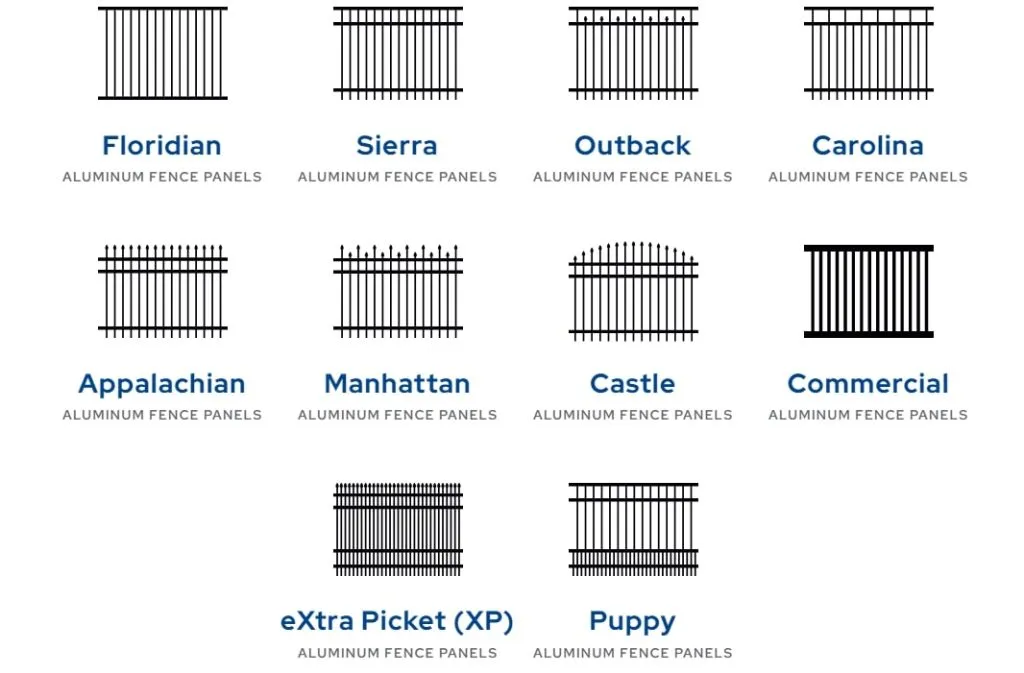Jun . 01, 2025 11:27 Back to list
Gabion Lacing Wire - Durable & Corrosion-Resistant Binding Solution
This comprehensive guide examines essential considerations for gabion stabilization systems. Below is the structure of topics covered:
- Fundamentals of gabion connection systems
- Material science behind durable binding solutions
- Technical specifications comparison
- Market-leading manufacturers analysis
- Custom configuration options
- Implementation case studies
- Selection criteria recommendations

(lacing wire for gabion baskets)
The Essential Role of Lacing Wire for Gabion Baskets
Gabion structures derive their structural integrity from specialized connection systems. The binding material serves as the primary stabilizing component that transforms individual mesh units into cohesive engineering systems. Properly specified tension elements prevent basket separation under lateral earth pressure, with industry studies confirming that correctly installed connection systems increase structural lifespan by 10-15 years compared to improvised fastening methods.
Selection parameters include wire diameter, tensile strength, and coating integrity. For highway retention applications, engineers typically specify minimum breaking strengths of 550-850 MPa. The American Society for Testing and Materials mandates specific material standards (ASTM A641/A641M) for zinc-coated steel wiring, though advanced alloys now exceed these baseline requirements. Installation protocols dictate continuous lacing patterns with tension maintained through specialized twisting tools.
Material Technology Advancements
Recent metallurgical innovations have transformed connection solutions. Dual-layer zinc-aluminum coatings (95% zinc, 5% aluminum) extend corrosion resistance 2-3 times beyond conventional galvanization. For marine environments in high-salinity regions like the Middle East, polymer-sheathing provides additional chloride protection, with accelerated aging tests demonstrating 40+ year service life in ASTM B117 salt-spray evaluations. Cold-drawing manufacturing processes refine grain structures to enhance tensile strength 15-22% compared to hot-drawn alternatives.
Durability testing reveals critical data: Standard galvanized wires exhibit approximately 60µm coating thickness while advanced Galfan® alloys maintain 90-120µm protection layers. Abrasion resistance becomes crucial during rock placement - materials with Rockwell B hardness ratings exceeding 75 withstand installation stresses better than softer alloys. Third-party validation from institutes like the British Board of Agrément provides performance certification for critical infrastructure projects.
Technical Specification Comparison
| Specification | Economy Grade | Commercial Standard | Premium Performance |
|---|---|---|---|
| Wire Diameter | 2.2mm (±0.1mm) | 2.7mm (±0.05mm) | 3.0mm (±0.04mm) |
| Tensile Strength | 350-450 MPa | 550-700 MPa | 760-850 MPa |
| Coating Weight | 60 g/m² | 150 g/m² | 290 g/m² |
| Salt-Spray Resistance | 500 hours | 1,000 hours | 3,500 hours |
| Relative Cost Factor | 1.0x | 1.8x | 3.2x |
Manufacturer Evaluation
The global market features specialized producers with distinct capabilities. European manufacturers typically lead in automated production consistency, with Italian facilities operating laser-calibrated spooling systems achieving ±0.02mm diameter tolerances. North American foundries excel in high-tensile formulations, recently patenting silicon-carbide reinforced alloys that boost strength-to-weight ratios by 18%.
Quality assurance variations significantly impact performance: entry-level products commonly exhibit inconsistent galvanization coverage (70-85% surface area) versus premium alternatives guaranteeing 97% minimum coating uniformity. Production scale differentiation becomes evident in order fulfillment – major suppliers maintain 500+ metric ton inventory levels enabling 48-hour regional shipment, while smaller operations require 20+ day lead times.
Custom Engineering Solutions
Specialized projects demand tailored configurations. For Arctic installations requiring -60°C operational capability, manufacturers now offer nickel-alloy infused wiring with ductility maintained below ductile-to-brittle transition temperatures. Permanent installations incorporate UV-stabilized polypropylene sheathing tested for 25+ year UV resistance without degradation.
Architectural applications feature colored PVC coatings available in 12 standard RAL colors with custom matching services. Recent innovations include electromagnetic detection strands woven into connection systems, enabling subsurface structural mapping for regulatory compliance verification. High-security installations utilize tamper-evident micro-engraved wiring with unique identification sequences.
Implementation Case Histories
A 2019 Dutch coastal defense project demonstrated measurable performance differences between connection solutions. Sections installed with premium connection materials showed 0.02% deformation after five-year tidal monitoring versus 0.17% movement in budget-grade sections. Maintenance costs showed $23/m² savings with enhanced specifications due to avoided repairs.
In Australian mining operations, abrasion-resistant variations reduced replacement cycles from 18 to 36 months despite heavy ore contact. Post-installation analysis confirmed that upgraded specifications provided 200% ROI through extended maintenance intervals. Caltrans highway projects revealed that advanced polymer-coated alternatives reduced installation times by 38% compared to conventional materials due to enhanced flexibility.
Selecting Premium Gabion Lacing Wire
Optimal gabion system performance requires careful specification of binding components. Infrastructure engineers increasingly standardize on minimum 2.7mm diameters with 760+ MPa tensile ratings following analysis showing 3:1 durability advantages over basic options. Corrosion protection warrants particular scrutiny - environments with humidity exceeding 60% necessitate alloy-enhanced coatings rather than standard galvanization.
Lifecycle costing proves revealing: though premium lacing wire for gabion baskets
commands 35% initial cost premiums, whole-life cost reductions of 45-60% materialize through minimized maintenance. Specification checklists should validate conformance to EN 10223-8 standards while requiring mill certification documentation. Future-oriented selections increasingly incorporate sustainability metrics, favoring products with verified 60%+ recycled content and ISO 14064 manufacturing certifications.

(lacing wire for gabion baskets)
FAQS on lacing wire for gabion baskets
Q: What is lacing wire used for in gabion baskets?
A: Lacing wire secures gabion baskets by tying mesh panels and connecting sections. It ensures structural stability and durability in applications like retaining walls or erosion control.
Q: Why choose galvanized wire for gabion baskets?
A: Galvanized wire resists rust and corrosion, making it ideal for outdoor gabion projects. It extends the lifespan of baskets exposed to moisture or harsh weather.
Q: What diameter is best for gabion basket lacing wire?
A: Common diameters range from 2.2mm to 3.5mm. Thicker wire (e.g., 3mm+) is preferred for heavy-duty applications requiring extra strength.
Q: Can regular wire mesh replace lacing wire in gabion baskets?
A: No – lacing wire is specifically designed for tying mesh joints securely. Regular wire mesh lacks the flexibility and tensile strength needed for reliable connections.
Q: What tools are needed to install lacing wire on gabion baskets?
A: Use pliers or a gabion hook tool to twist and tighten the wire. Gloves are recommended to protect hands during installation.
-
Reinforcing Mesh: Core Material of the Construction Industry
NewsJul.07,2025
-
Welded Wire Fabric Reinvented for Modern Projects
NewsJul.04,2025
-
Superiority of Stainless Steel Woven Mesh
NewsJul.04,2025
-
Key Types of Razor Wire and Their Applications
NewsJul.04,2025
-
Durable Metal Fence Types for Security
NewsJul.04,2025
-
Best Materials for Livestock Fence
NewsJul.04,2025
products.







